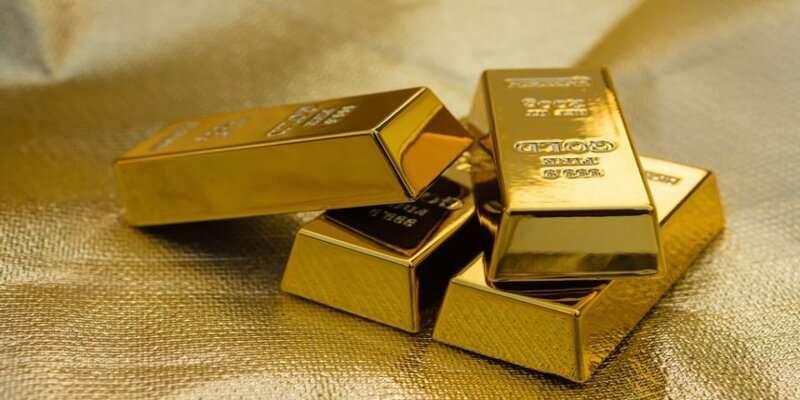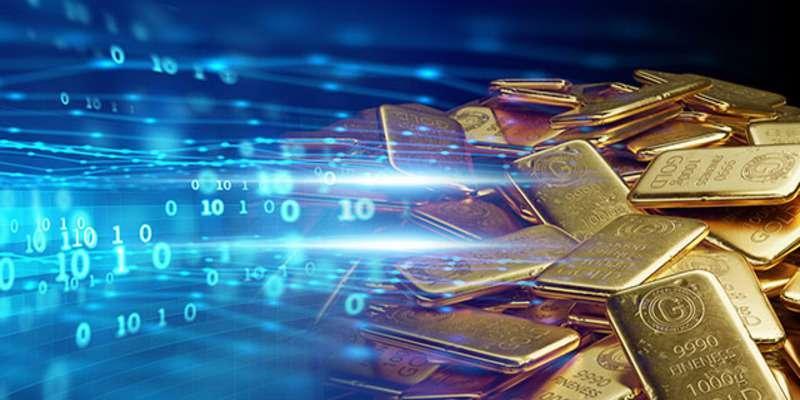Advertisement

Rick Novak Oct 26, 2024
Best Personal Loans for Debt Consolidation
75269

Rick Novak Nov 05, 2024
Land Your Dream Job: Steps to Become a Private Equity Associate
36632

Rick Novak Sep 29, 2024
What Is a Construction Bond?
58071

Kelly Walker Sep 13, 2024
How Age Affects Life Insurance Rates
69846
Advertisement
The Best Precious Metals ETFs 2023
Aug 22, 2024 By Rick Novak
Precious metals have always been a popular investment option among investors looking for a haven or a hedge against inflation. Over the years, investors have increasingly turned to Exchange Traded Funds (ETFs) to gain exposure to precious metals. Precious metals ETFs offer several advantages over traditional physical investment in precious metals. They provide liquidity, ease of trading, diversification, and often lower costs. This article will discuss the best precious metals ETFs in detail.
Types of Precious Metals ETFs
Before diving into the best precious metals ETFs, it is essential to understand their different types of them. There are primarily two types of precious metals ETFs - those holding physical metals and those bearing securities of companies engaged in precious metal mining.
Physical Precious Metals ETFs
Physical precious metals ETFs hold actual physical metals such as gold, silver, platinum, and palladium. These ETFs typically have the metals in vaults and issue shares to investors based on the value of the metal held. The value of these ETFs is directly linked to the price of the underlying precious metal.
Mining Company ETFs
Mining company ETFs hold the securities of companies involved in the exploration, mining, refining, and distribution of precious metals. These ETFs expose investors to the mining industry without having to invest directly in individual companies.
Best Physical Precious Metals ETFs
SPDR Gold Shares (GLD)

SPDR Gold Shares (GLD) is one of the most popular and liquid precious physical metals ETFs. It tracks the price of gold and is backed by physical gold held in vaults. The fund has an expense ratio of 0.40% and has over $75 billion in assets under management (AUM). GLD is an excellent choice for investors looking to gain exposure to gold.
iShares Silver Trust (SLV)
iShares Silver Trust (SLV) is an ETF that tracks the price of silver and is backed by physical silver held in vaults. The fund has an expense ratio of 0.50% and has over $9 billion in AUM. SLV is an excellent choice for investors looking to gain exposure to silver.
Aberdeen Standard Physical Platinum Shares ETF (PPLT)
Aberdeen Standard Physical Platinum Shares ETF (PPLT) is an ETF that tracks the price of platinum and is backed by physical platinum held in vaults. The fund has an expense ratio of 0.60% and has over $750 million in AUM. PPLT is an excellent choice for investors looking to gain exposure to platinum.
Palladium Shares (ETF) of Aberdeen Standard Price (PALL)
Palladium Shares (ETF) of Aberdeen Standard Price (PALL) is an ETF that tracks the price of palladium and is backed by physical palladium held in vaults. The fund has an expense ratio of 0.60% and has over $1.5 billion in AUM. PALL is an excellent choice for investors looking to gain exposure to palladium.
Best Mining Company ETFs:
VanEck Vectors Gold Miners ETF (GDX)
VanEck Vectors Gold Miners ETF (GDX) is an ETF that holds the securities of companies engaged in gold mining. The fund has an expense ratio of 0.52% and has over $12 billion in AUM. GDX exposes investors to the gold mining industry and is an excellent choice for those investing in gold mining companies.
Global X Silver Miners ETF (SIL)
Global X Silver Miners ETF (SIL) is an ETF that holds the securities of companies engaged in silver mining. The fund has an expense ratio of 0.
Factors to Consider When Choosing a Precious Metals ETF
Expense Ratio
The expense ratio is an essential factor to consider when choosing a precious metals ETF. It represents the annual cost of owning the ETF, expressed as a percentage of the fund's assets. Lower expense ratios mean lower prices, which can help boost overall returns.
Liquidity

Liquidity is another essential factor to consider when choosing a precious metals ETF. A highly liquid ETF allows for easier trading and tighter bid-ask spreads, which can result in lower transaction costs. Highly liquid ETFs also tend to have more insufficient tracking errors, which is the difference between the ETF's returns and the returns of its underlying index.
Holdings
The holdings of an ETF can provide insight into the underlying strategy of the fund. Investors should examine the assets of a precious metals ETF to determine whether they align with their investment objectives and risk tolerance.
Performance
Past performance does not guarantee future results, but it can provide insight into how well an ETF has performed relative to its benchmark and peers. Investors should examine the performance of a precious metals ETF over multiple periods to determine whether it has consistently met their expectations.
Conclusion
Precious metals ETFs can expose investors to the precious metals market without the hassle of owning and storing physical metals. Whether investors are looking for exposure to physical metals or the mining industry, several high-quality ETFs are available. When choosing a precious metals ETF, investors should consider expense ratio, liquidity, holdings, and performance to select the best option for their investment objectives and risk tolerance.

Rick Novak Oct 30, 2024
What Is the Alternative Investment Market (AIM)?
53361

Kelly Walker Jan 19, 2025
What Is Vendor Financing and How Does It Work
37623

Rick Novak Aug 13, 2024
Investment Banking vs. Private Equity: What's the Difference?
57434

Kelly Walker Dec 01, 2024
What Is Group and Individual Disability Insurance?
80998

Kelly Walker Oct 13, 2024
Best Accounting Software for Nonprofits
66491

Kelly Walker Oct 25, 2024
Explaining Transfer Taxes: What You Need to Know
99573

Kelly Walker Sep 11, 2024
American Express Personal Loans: An Overview
11420

Rick Novak Jan 11, 2025
What Are Nonpassive Income and Losses?
26088